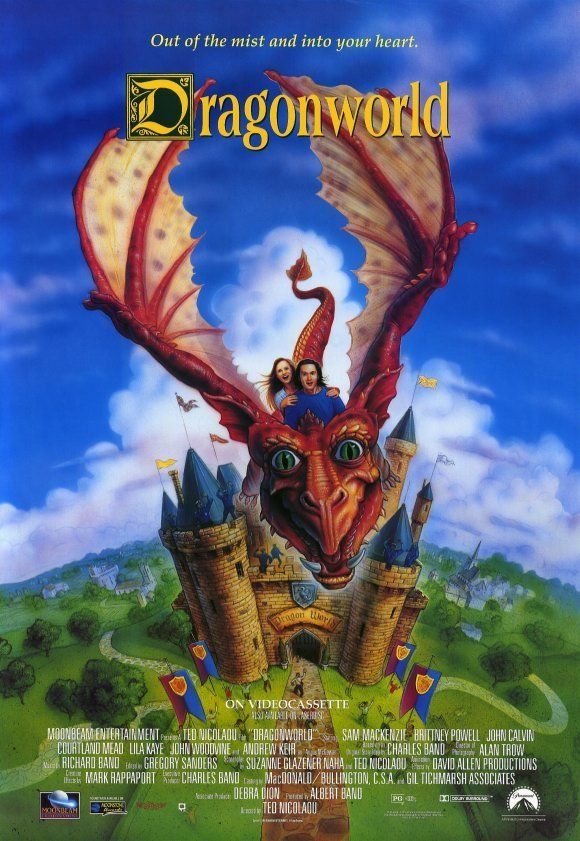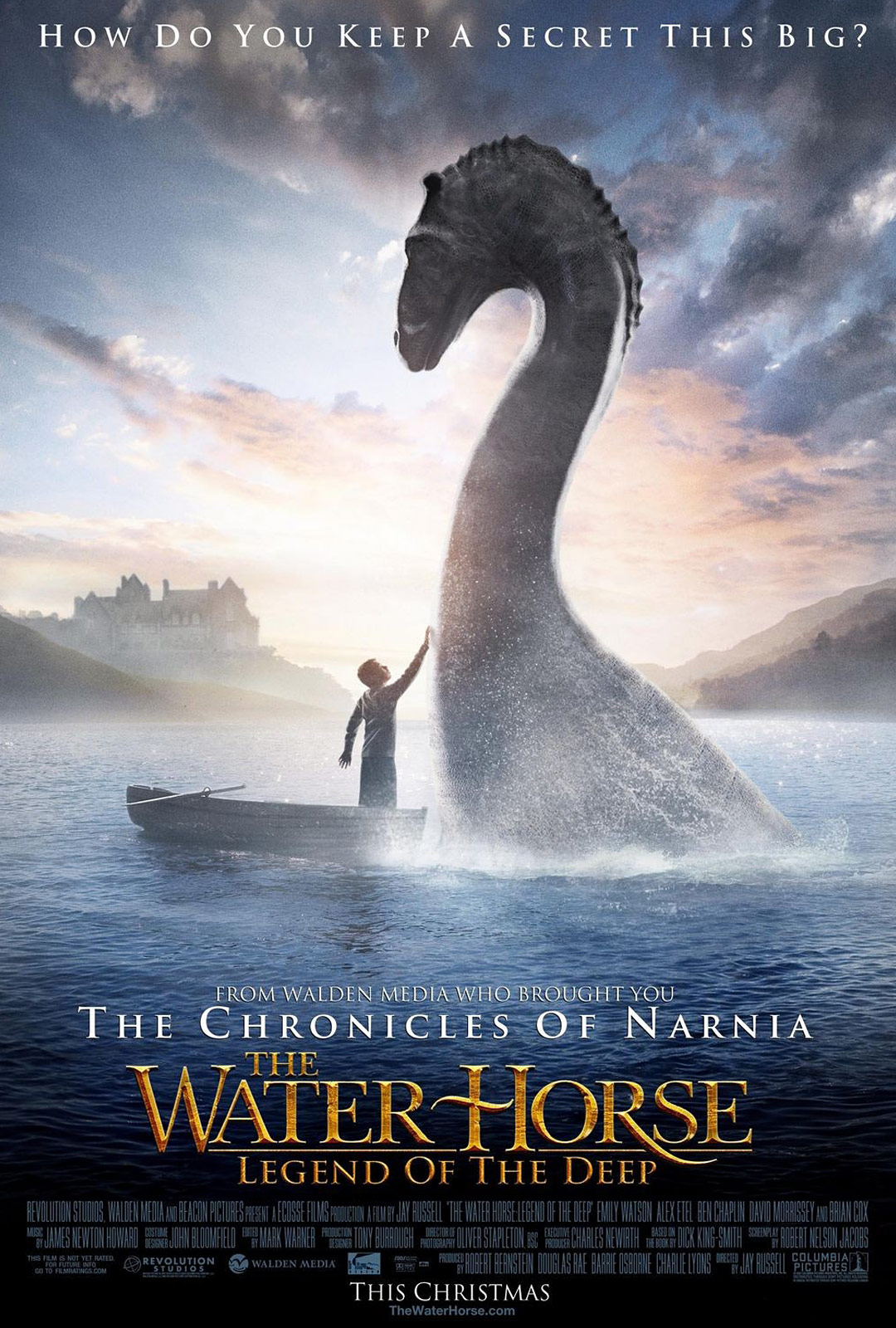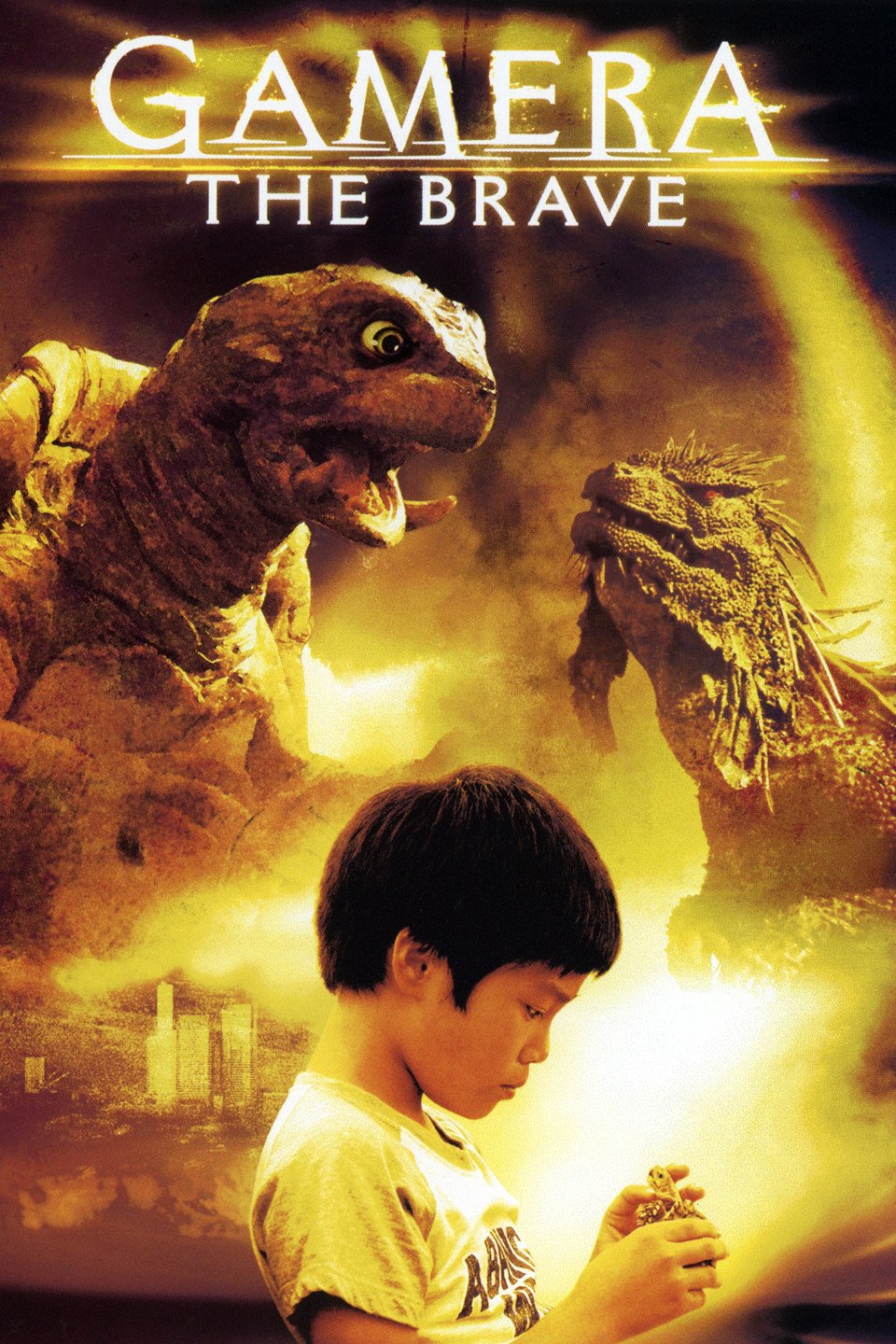Summer of 2016 was full of cinematic disappointments. Some of them managed to be decent films despite that, most of them have furthered the decay of the Summer movie season as a time to bust out studio big guns into a hollow bloated overly commercial annoyance lacking in genuine awe but personally, one of those disappointments have stood out to me in the weirdest of ways.
Following the effort of an orphaned boy to keep a relationship with the mythical dragon that raised him in the wild alive after being reintroduced to society, Disney’s remake of their 1977 film of the same name forgoes the animated musical fairytale flourishes in favor of 80s-esque children rebellion tropes.
Not a bad idea given that the original (which I have not seen) is perceived to be far from a classic. Unfortunately, the follow through leaves quite a bit to be desired.
The nicest thing that I can truly say about “Pete’s Dragon” is that it’s competent and well meaning.
In taking inspiration from the understated children’s films of the 80s that were unrelenting in depicting the potential cruelty of the world as a reflection of childhood innocence and its benefits beyond an allegorical coming of age, director David Lowery successfully replicates a film with the feel of a timeless fable conveyed through subdued and thoughtful performances by actors that transcend the stock nature of their character positions.
The emulation of that however sadly does not make it be as beneath the manipulative musical choices and gorgeous cinematography, the movie has very little going on below the surface that isn’t completely predictable or wholly endearing.
“Pete’s Dragon” aims for a nostalgia epitomized by films like “The Gooonies,” “Flight of the Navigator,” “The Neverending Story” and of course “E.T.”
Films conceived of for children but studying the nature of childhood in a more cerebral capacity, typically featuring a deconstructed aspect of adventure/fantasy have perpetuated the cinematic landscape for decades now to the point of carving out its own subgenre, especially when the concept of nonhuman companion is tossed into the mix.
It’s no shock that “Pete’s Dragon” bares similarities to these films, modern or otherwise, but as hard as it tries, it never truly sets itself apart.
What especially disappoints me about this is that this was one of my more anticipated films of the summer season. I adore these types of stories as a fan of monster movies for depicting uniquely depicting inventive creatures that are aesthetically alien but with special features grafted onto them universal to human understanding. As a fan of genre storytelling, I enjoy the weight given to the metaphor of a child coming of age and learning from the failings of their elder’s generation.
Enjoyment of the target demographic aside, I’ve always been a sucker for what this flick was dishing and after finding it dull, my mind drifted to better films. Some were low key releases, some play to slightly more niche tropes, some are so obscure that you may have to do some digging to find them but they all find a uniqueness that they’re lesser peers have never quite managed.
Dragonworld

After young Johnny McGowan moves in with his grandfather in Scotland due to the death of his parents, his rough transition becomes gradually easier upon befriending a baby dragon named Yowler, whose existence he works hard to conceal from seedier parties well into adulthood, during which he comes face to face with the option of exploiting his friend for his own happiness or coming to terms with the rough hand that life has dealt him.
Some 90s kids may recognize this film from Paramount promos. If only the actual film were as easy to find as those promos.
Some 90s kids may recognize this film from Paramount promos. If only the actual film were as easy to find as those promos.
To this day, “Dragonworld” has unfortunately never seen proper DVD release. Had I not been able to stumble upon viewing it with the help of a friend, I was within spitting distance of shelling out over $30 for a VHS copy and picking up a VCR from a pawn shop.
And that’s just too darn bad. Paramount is cheating the public out a charming little take on this little formula that’s actually willing to address what happens if the kid and his monster actually manage to grow up together into adulthood.
Through it all, “Dragonworld” manages to do it with a Roger Corman-esque earnestness to a production that’s almost hilariously cheap but remains sincere from start to finish. I can’t quite say it’s worth a $30 VHS copy but maybe with increased demand, we can see a worthwhile budget priced DVD release.

Through it all, “Dragonworld” manages to do it with a Roger Corman-esque earnestness to a production that’s almost hilariously cheap but remains sincere from start to finish. I can’t quite say it’s worth a $30 VHS copy but maybe with increased demand, we can see a worthwhile budget priced DVD release.
The Water Horse: Legend of the Deep

Furthering the tradition of Scotland being the best place to raise your mythological beast, young Angus befriends the legendary Loch Ness Monster, naming him Crusoe, after stumbling upon his hatching egg.
As Crusoe continues to grow, Angus must struggle with how to raise him in secret from not only his parents but from the invading Axis Powers of the World War II era Scottish countryside.
While never shying away from the whimsical, the tone of “The Water Horse” betrays events that feel far more biting than kids movies of this nature typically end up being. The rigid and less enlightened state of western society is on full display, making secret keeping particularly dangerous when the right gossip spread amongst a few people can ruin an entire life.
Combined with the very real and imposing threat of the ongoing war and the refusal to shy away from Crusoe as a predator species despite his innocent look and generally playful demeanor and there’s a real sense of dread regarding Angus’ journey to protect this creature that makes the ultimate payoff all the more satisfying.
Gamera the Brave

If Spielberg ever decided to make a Kaiju movie, he would eat his own heart out after realizing he probably wouldn’t have even come close to this.
Decades after Gamera sacrifices himself to save Japan from an invasion of Gyaos, young Toru Aizawa struggles with the death of his mother in a car crash. After bonding with a baby turtle he finds and adopts as a pet, Toru is astonished to find that his young pet, dubbed Toto, has grown substantially overnight and continues to grow larger as well as demonstrate an odd sentience and the power to fly.
As Toto grows into his abilities as the new Gamera, Toru must struggle with allowing him to serve his purpose despite the risk to his life, as the government aims to crack down on the potentially destructive newborn kaiju and a devastating new invader threatens humanity with a force that can only be stopped by the Earth’s guardian.
The dying market for Kaiju films at the turn of the century was truly tragic if for no other reason that “Gamera the Brave” is quite possibly the best Kaiju film of Japan’s millennium era tokusatsu movies, easily beating out the generally pitiful entries of the Godzilla franchise released in the 6 years beforehand.
It’s a great lesson about treasuring life and relationships while they last over attempting to artificially extend them beyond reason and in giving real weight and emotional heft to the bond between monster and child, the film serves as a reconstruction of the Gamera franchise’s classic paradigm that serves as a truly functional and effective spiritual successor to Showa era kaiju films with the best aspects of Heisei era writing complexities and production.
Also, a kid raises a giant monster to fight other giant monsters. If that doesn’t scream childhood fantasy, what does?
No comments:
Post a Comment